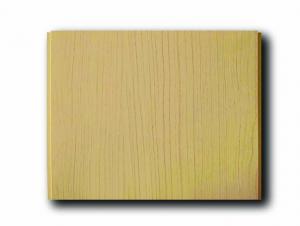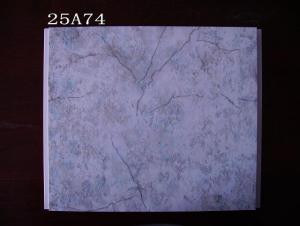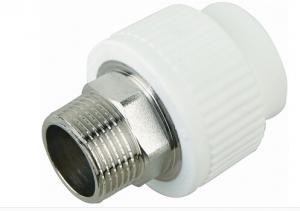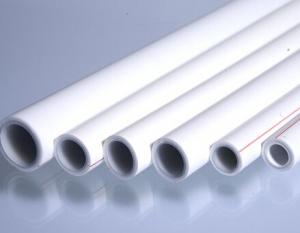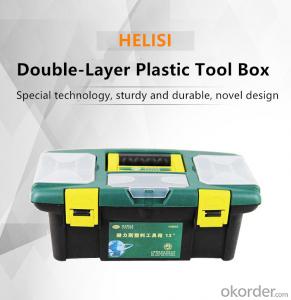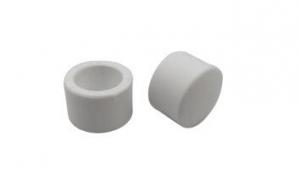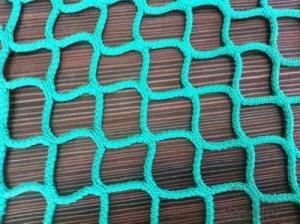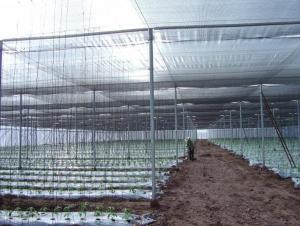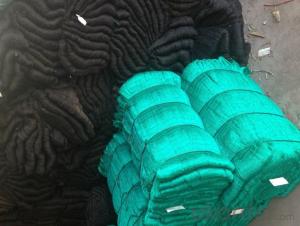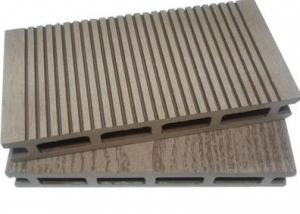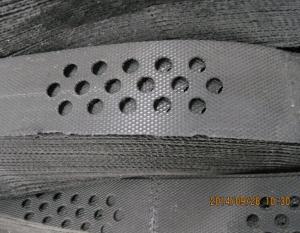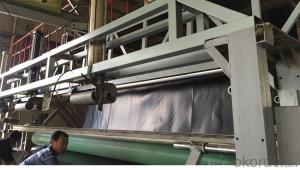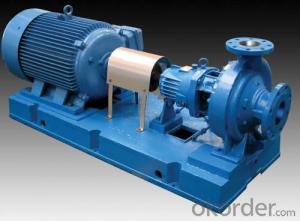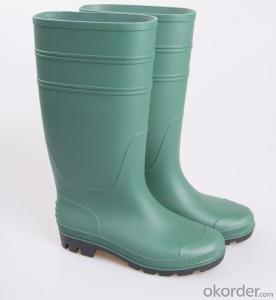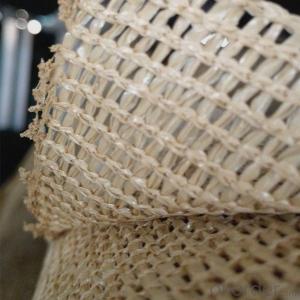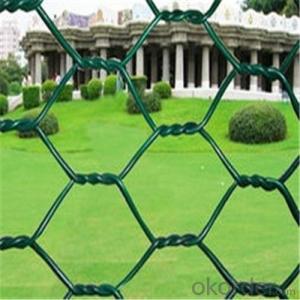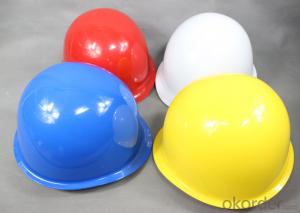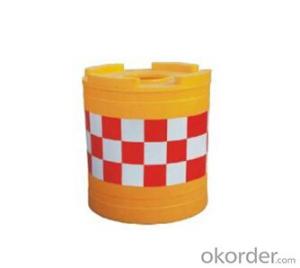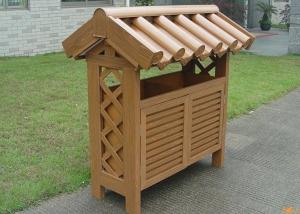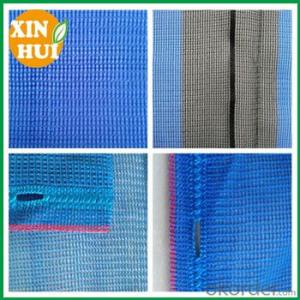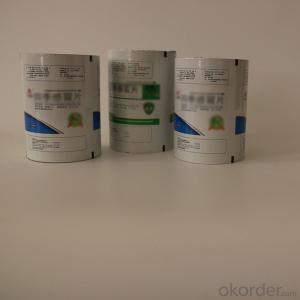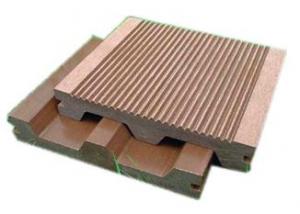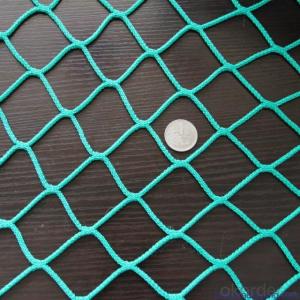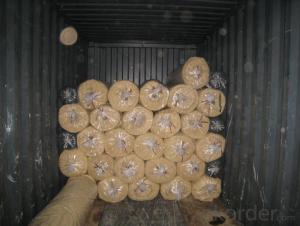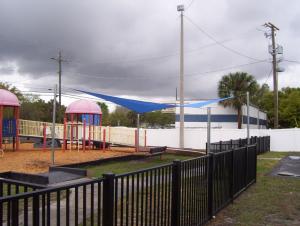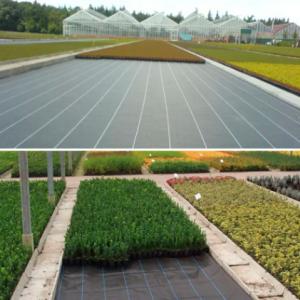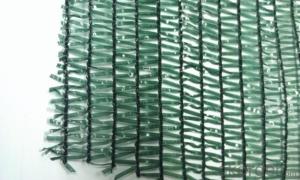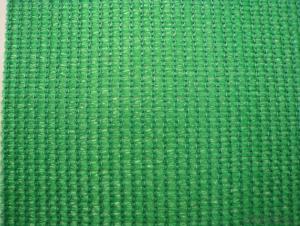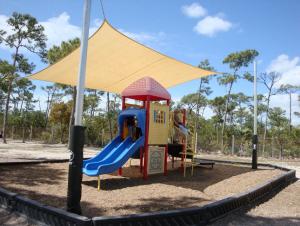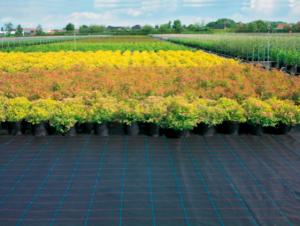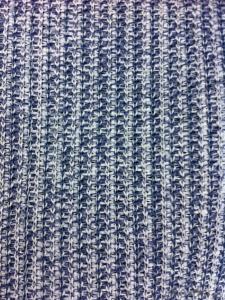Plastic Safety Netting
Plastic Safety Netting Related Searches
Primer For Galvanized Steel H S Code For Stainless Steel Wd 40 For Stainless Steel Spray Paint For Stainless Steel Drill Bits For Stainless Steel Sponge For Stainless Steel Caulking For Stainless Steel Steel Vessels For Kitchen Best Solar Inverter For Home Led Table Lamps For HomeHot Searches
Steel Mesh Panels For Sale Price For Stainless Steel Scrap Scrap Price For Stainless Steel Cheap High Tea Sets For Sale Stainless Steel Tanks For Sale High Density Fiberboard For Sale Solar Hot Water Collectors For Sale Scaffolding For Sale In Uae Scaffolding For Sale In Ireland Scaffolding For Sale In Houston Type Of Inverter For Solar Price Of Shipping Containers For Sale Stock Price For Aluminum Used Solar Inverter For Sale Portable Led Signs For Sale Stone Hot Water Bottles For Sale Large Led Screens For Sale Used Aluminum Scaffolding For Sale 1/4 Aluminum Plate For Sale Pvc Chairs For SalePlastic Safety Netting Supplier & Manufacturer from China
Okorder.com is a professional Plastic Safety Netting supplier & manufacturer, offers integrated one-stop services including real-time quoting and online cargo tracking. We are funded by CNBM Group, a Fortune 500 enterprise and the largest Plastic Safety Netting firm in China.Hot Products
FAQ
- Yes, plastic nets can be used for pest control. Plastic nets are commonly used to create physical barriers that prevent pests, such as insects or birds, from accessing certain areas. These nets can be installed over plants, crops, or open spaces to protect them from being damaged by pests. Plastic nets are durable and resistant to weather conditions, making them an effective and affordable option for pest control in various agricultural and gardening settings.
- Plastic nets can hinder air circulation as they create barriers that restrict the natural flow of air. This can result in reduced ventilation and impede the exchange of fresh air, potentially leading to stagnant and stuffy environments.
- Yes, plastic nets can be used for packaging stationery supplies. The nets provide a protective barrier and allow visibility of the contents, making it a convenient and practical choice for packaging stationery items.
- No, plastic nets are not suitable for use in butterfly houses. Butterfly houses require a more natural and breathable environment, and using plastic nets can hinder the butterflies' ability to fly and breathe properly. It is best to use more suitable materials like mesh or cloth nets that allow for proper airflow and mimic the butterflies' natural habitat.
- Yes, plastic nets are used in the telecommunications industry for various applications such as cable management, wire organization, and protection of fiber optic cables.





